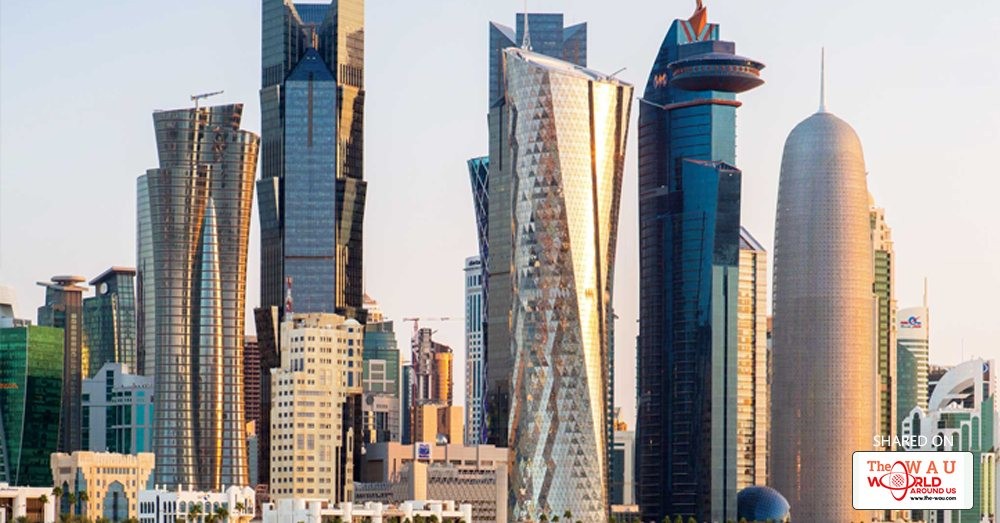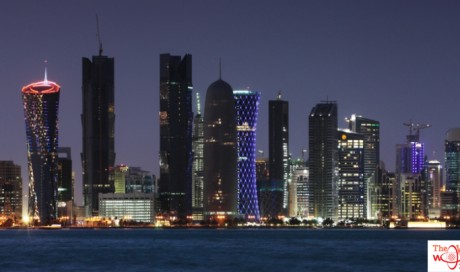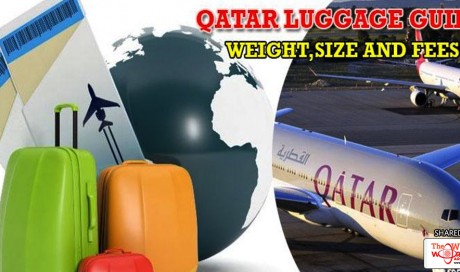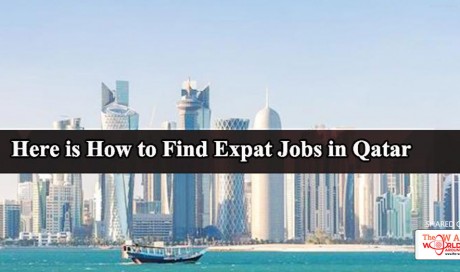Qatar is currently the richest country in the world in terms of per capita income, however, things were not always like that. In just 50 years, Qatar went from a poor country largely dependent on fishing and pearl extraction from the ocean to one of the fastest developing countries in the world.
The economy of Qatar has evolved at lightning speed, bringing in billions of dollars of revenue to the state and the citizens alike, thanks to the energy sector which contributes 60% to the GDP of the country, this appears to have become an element of envy for some of its neighbours. The present diplomatic crisis and efforts to ostracise Qatar in the region can have only one objective, which is to destroy Qatar’s booming and diversifying economy. It is worth remembering that some of the countries that have imposed a blockade on Qatar do not have the privilege of being rich in the resources Qatar is blessed with.
Qatar’s journey from dustbowl to a metropolis:
Oil reserves were discovered in Qatar in 1939 in Dukhan, however, the outbreak of World War II prevented large scale exploitation of the same. Oil revenue quickly replaced pearling and fishing as the country’s main source of revenue generation.
Revenue from oil production started to pour in the 1950s, paving the way for the expansion and modernisation of Qatar’s core infrastructure. The country got its first hospital, power plant, telephone exchange in the 1950s.
Throughout the 60s revenues from oil production increased steadily as Qatar inched towards its Independence, which it gained in 1971. Immediately after the independence HH Sheikh Khalifa bin Hamad, the then Emir substantially increased the spending on social programs and infrastructure development. By 1973, revenues realised from the sale of oil catapulted Qatar from being one of the world’s poorest countries to being a country with one the highest per capita income in the world.
Qatar’s oil reserves have been estimated to be about 15 billion barrels, which amount for about 1.1% of the world’s oil reserves. At its current level of production, the reserves are expected to last another 54 years.
LNG-The Game Changer
The State of Qatar struck gold, when in 1971 the world’s largest natural field was discovered off the cost of Qatar, the field is called the North Gas Field. This gas field made Qatar the 3rd largest country in the world in terms of natural gas reserves. The reserves are estimated to be in excess of 890 trillion cubic feet.
The North Field was left undeveloped until the late 80s as revenue from the oil production was steady and ample. The oil crash on the 1980s changed that equation and as Qatar’s economy began to shrink, it finally took the decision to develop the North Field in 1989. The current Father-Emir HH Sheikh Hamad bin Khalifa al Thani fast tracked the North Field development and by 1996 Qatar was exporting LNG to other countries. Since the development of the North Field, 14 additional natural gas plants have been built across the country to cope up with the increasing demand. In 2005, Qatar entered in to a $14 billion deal with the USA to build the world’s largest LNG refinery, Qatar holds 70% stakes in the project, additionally the $10 billion Barzan Gas Project is also expected to become functional later this year.
Qatar exported 79.62mn tonnes of LNG last year, or 30% of global supply, according to the International Group of Liquefied Natural Gas Importers, known by its French acronym GIINGL. Qatar is the group’s third-smallest producer, pumping 620,000 bpd of crude oil in May, data compiled by Bloomberg show, and ships most of its crude and condensate to Asia. Aside from sending LNG and oil by ship, Qatar exports natural gas through a pipeline operated by Dolphin Energy, which is owned by Abu Dhabi’s Mubadala Development Co, Total and Occidental Petroleum Corp. The link supplies gas to the UAE and Oman and can send 3.2bn cubic feet per day, though it only uses about two-thirds of that capacity. The top exports of Qatar are Petroleum Gas ($44.3B), Crude Petroleum ($17.3B), Refined Petroleum ($6.47B), Ethylene Polymers ($2.26B) and Nitrogenous Fertilizers ($1.22B)
Clients
Given the client list of Qatar’s exports, it is very unlikely that the blockade and the vicious campaign launched against Qatar would succeed. The top export destinations of Qatar are Japan ($15.6B), South Korea ($15.4B), India ($10B), China ($5.14B) and Other Asia ($3.79B). The top import origins are China ($3.51B), France ($3.23B), the United Kingdom ($3.08B), the United States ($2.96B) and the United Arab Emirates ($2.76B). More than half of Qatar’s LNG exports are consumed by the Asia-Pacific region. China, India, South Korea and Taiwan are some of the biggest dependents on Qatar’s energy resources, with Thailand emerging as a large customer while Singapore is also set to follow. Japan, however, remains not only the biggest consumer of Qatar’s gas in the Asia-Pacific region, but in the world. Similarly, in Europe, the UK is one of the largest consumers of Qatar gas, for household heating and centralised power generation.
Share This Post















